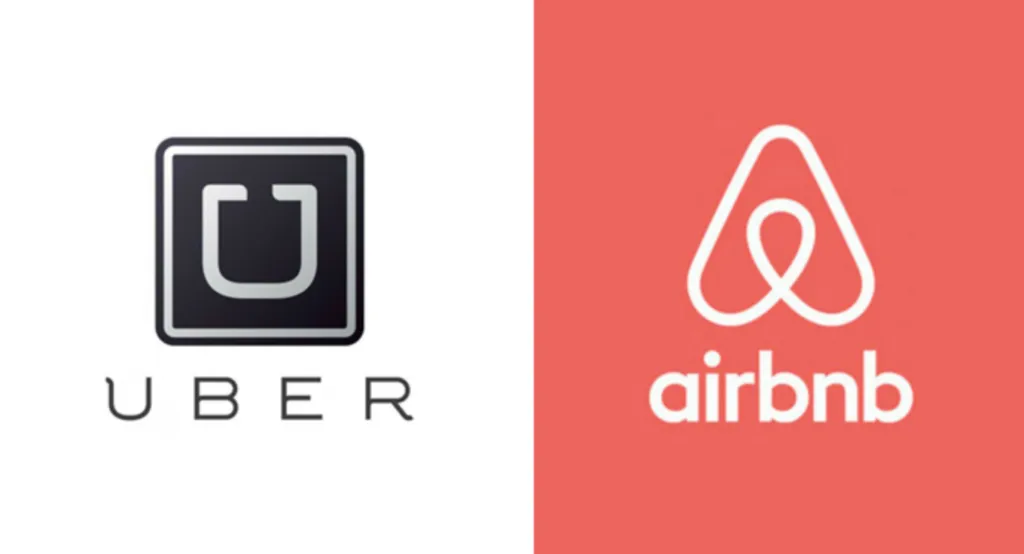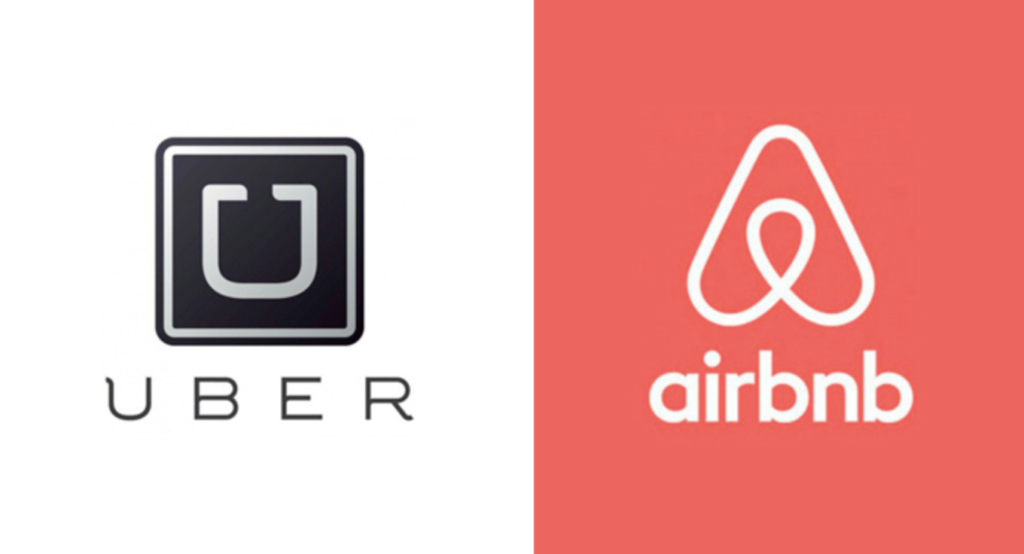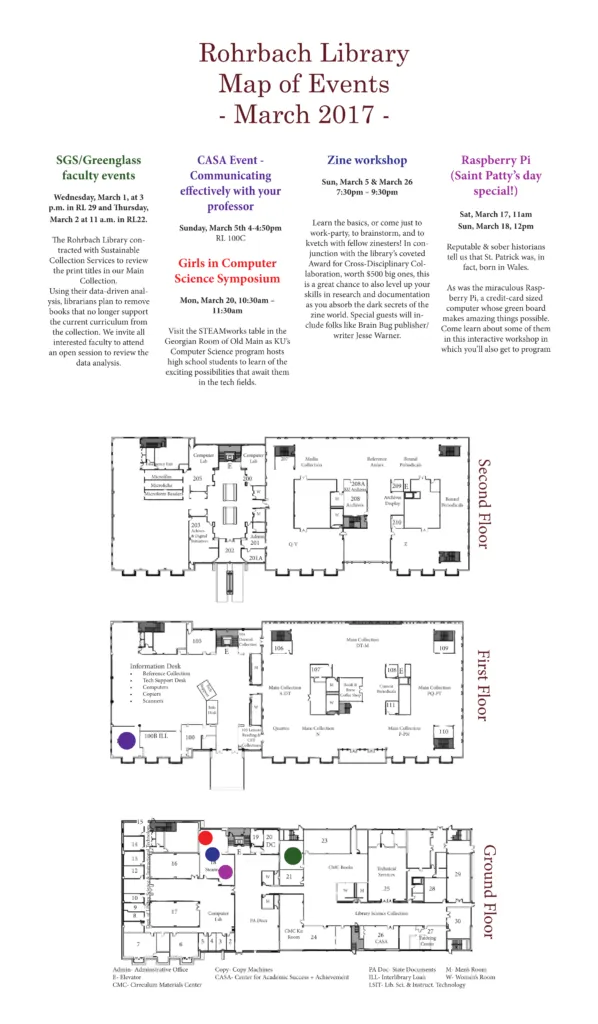
Affecting visitor experiences through Wayfinding Maps
Enter any new environment and you’re immediately faced with the question: how do I find the best way to my destination? Combining the logic behind wayfinding and signage design with geographical information can both enhance individuals’ experiences in a new place and make their trip considerably easier.
Wayfinding has one of its most obvious benefits in hospitals. Studies detailing the effectiveness of having adequate navigation tools available to persons at these locations shows a consequential psychological effect. This phenomenon has been researched and observed in a manner of individuals in an array of ages, from pediatric to general hospitals. But the benefits of it aren’t solely restricted to these environments.
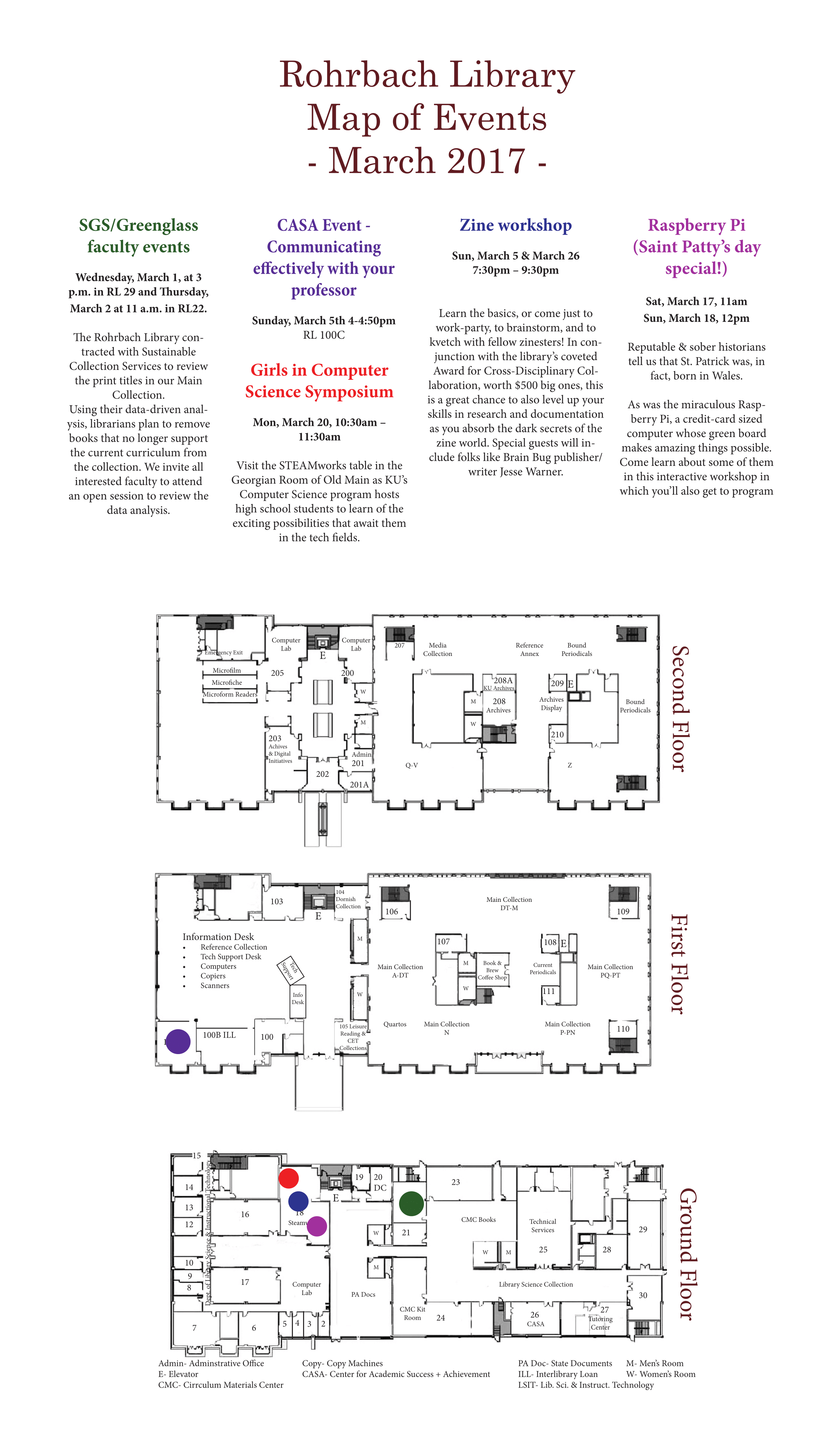 The investment in wayfinding materials can lead to both long and short term benefits for any location. For example, take a place that frequently hosts events and gatherings that bring together a community for various different activities, my personal experience being with creating navigational materials for a library.
The investment in wayfinding materials can lead to both long and short term benefits for any location. For example, take a place that frequently hosts events and gatherings that bring together a community for various different activities, my personal experience being with creating navigational materials for a library.
What is one of the primary necessities of a library? Patrons that are utilizing their resources. Without engagement from their target community (in this case, students) the organization itself suffers. By offering a reliable resource that gives their patrons new and frequently updated information in an eye catching and visually appealing way, those visiting the library can find their planned location displayed on the map for their convenience. In the short term, this streamlines and better allocates foot traffic in the building. In the long term, it provides not only a positive first impression for the visitors, but also demonstrates the willingness on behalf of the library to engage with and improve the experience of its community.
Event maps are one of the more straightforward methods to this approach. In this particular case, I utilized a color coordination system between an event and its location on an aerial representation of the building, with the information formatted into a poster. However, this could be extended to other variants of wayfinding materials, including distributable handheld documents such as brochures or trifolds.
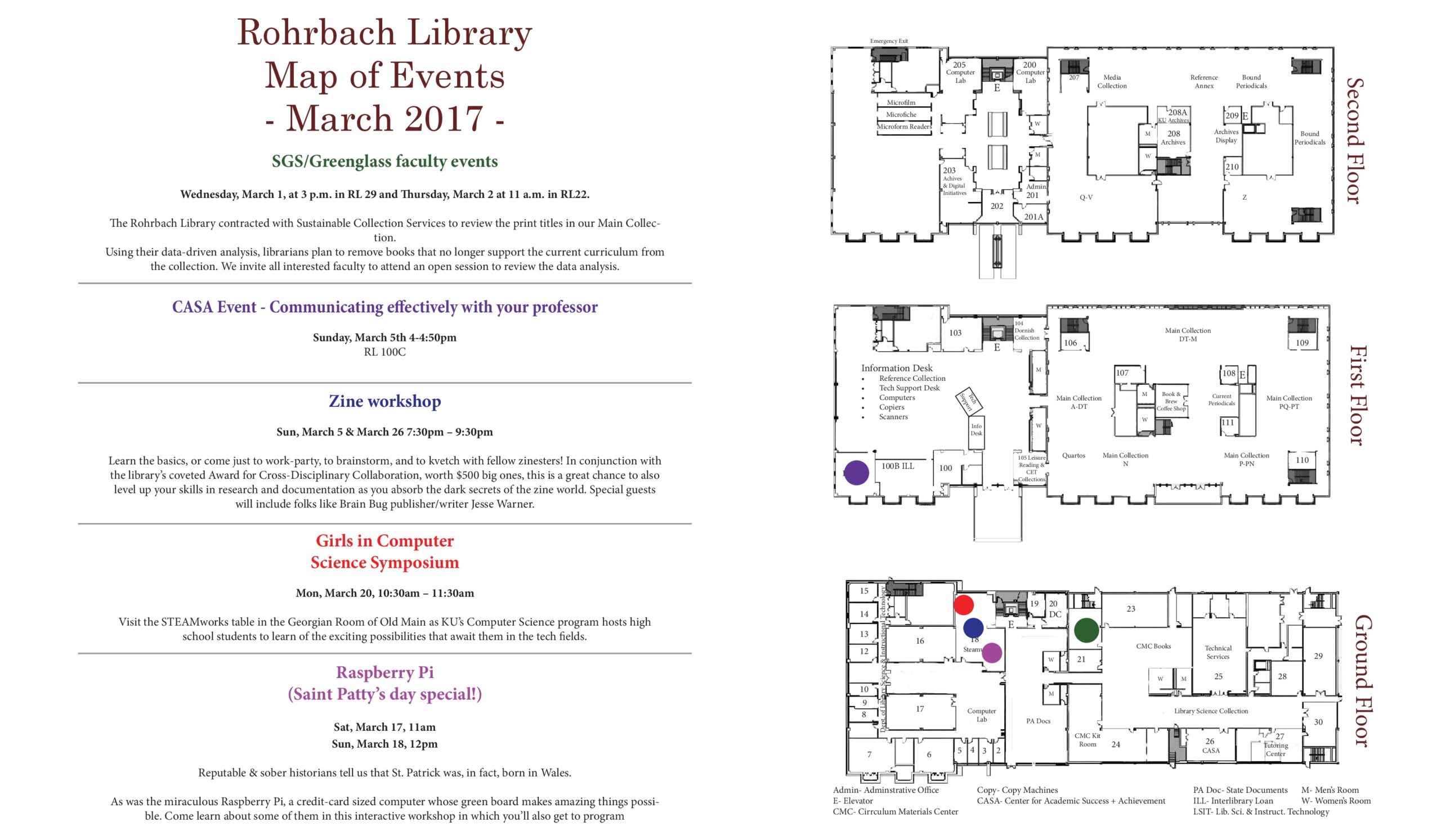
Having event maps with strong coloration and bold points can allow for better interaction for individuals with low vision, and in some cases can improve experiences for those who are neurologically divergent. Wayfinding is a common tool that has been examined in context with the spatial navigation of those on the autism spectrum, one of note being a 2015 study from Nottingham University.
In an ever increasingly digital and data-driven world, maps can still benefit individuals through the groundedness of navigation.






